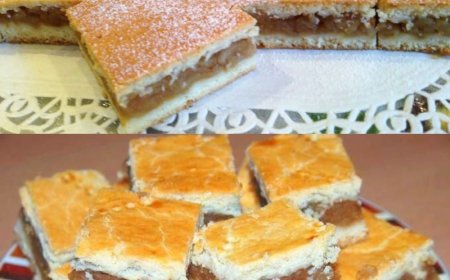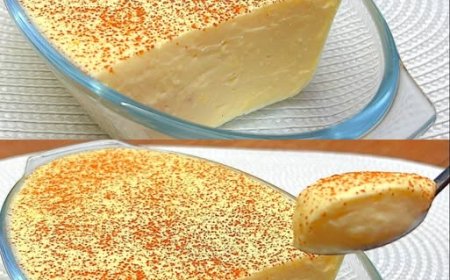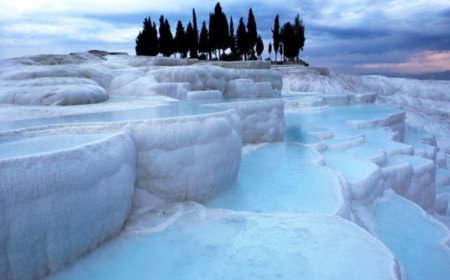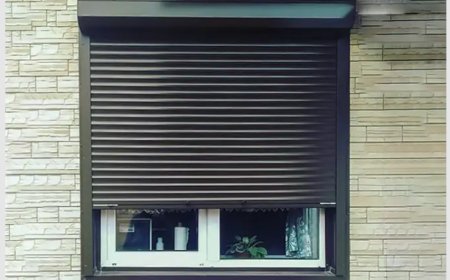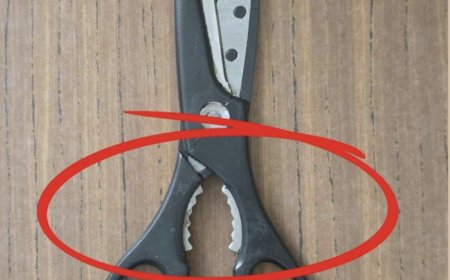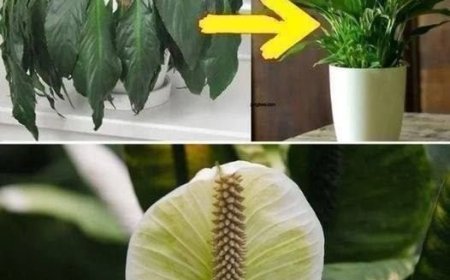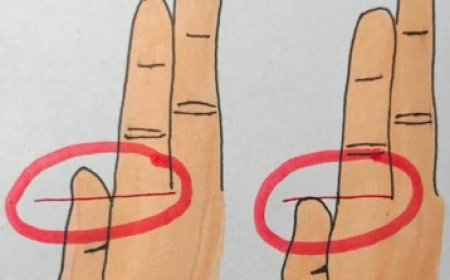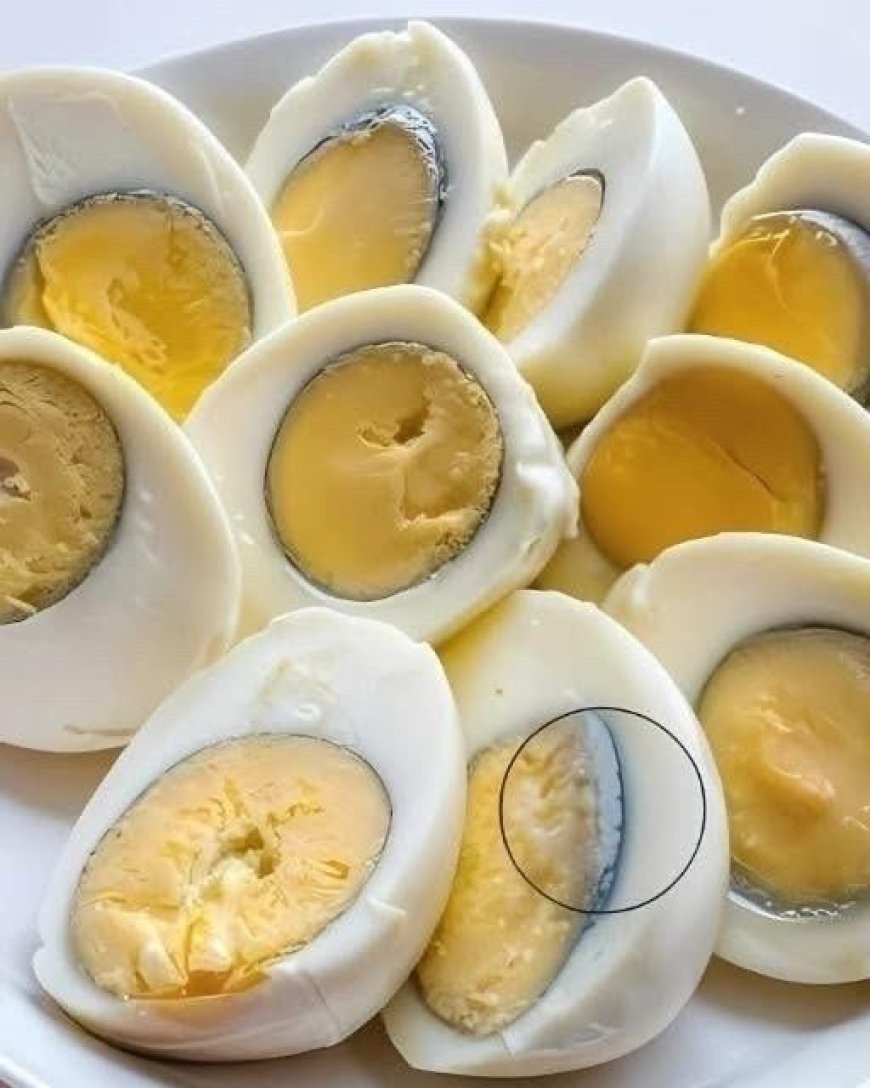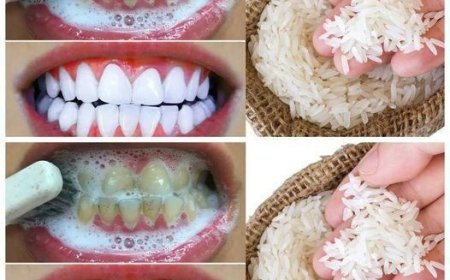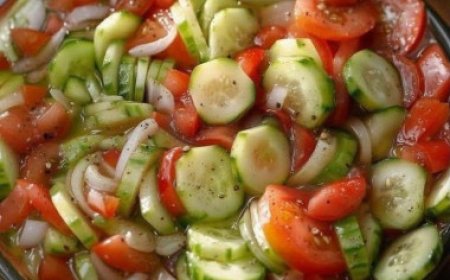The Perfect Hard-Boiled Egg & Why It Turns Green
There’s something incredibly satisfying about a perfectly boiled egg — tender whites, a rich golden yolk, and none of that dreaded greenish-gray ring around the center. Whether you’re making deviled eggs, topping a salad, or prepping a protein-packed snack, mastering the art of the perfect hard-boiled egg is one of the most essential kitchen skills every home cook should have.
1.
Yet, so many people end up with overcooked eggs, chalky yolks, and that odd green ring that makes them wonder if something went wrong. The truth? That green tint isn’t dangerous at all — it’s just a harmless chemical reaction caused by cooking eggs a bit too long. The sulfur in the whites and the iron in the yolks combine to form ferrous sulfide, giving that discoloration. It doesn’t affect flavor or safety, but with a few simple tweaks, you can easily prevent it and get flawless results every single time.
In this guide, we’ll walk you through the foolproof method for achieving consistently beautiful, easy-to-peel eggs — whether you prefer soft, creamy yolks or fully firm ones perfect for meal prep. You’ll also learn the simple science behind
why eggs behave the way they do when boiled, plus a few pro tips to make the process effortless.
The Perfect Hard Boiled Egg & Why It Turns Green
The Green Ring: A Harmless Chemical Reaction
That unappealing greenish-gray ring around the yolk of a hard-boiled egg is a common sight, but it’s completely harmless and safe to eat.
It’s a simple case of overcooking. When eggs are heated for too long, the sulfur in the egg white and the iron in the yolk react at the interface between the two, forming ferrous sulfide—the compound that creates the green color.
While it doesn’t affect taste or nutrition, avoiding it is easy with the right technique.
How to Boil the Perfect Egg (Every Time)
Follow this foolproof method for tender whites and vibrant, creamy yolks without the green ring.
Start Cold: Place eggs in a single layer in a pot and cover with at least an inch of cold water.
Boil, Then Steep: Bring the water to a full, rolling boil. Immediately turn off the heat, cover T.ap the p.hoto to v.iew the full r.ecipe.
